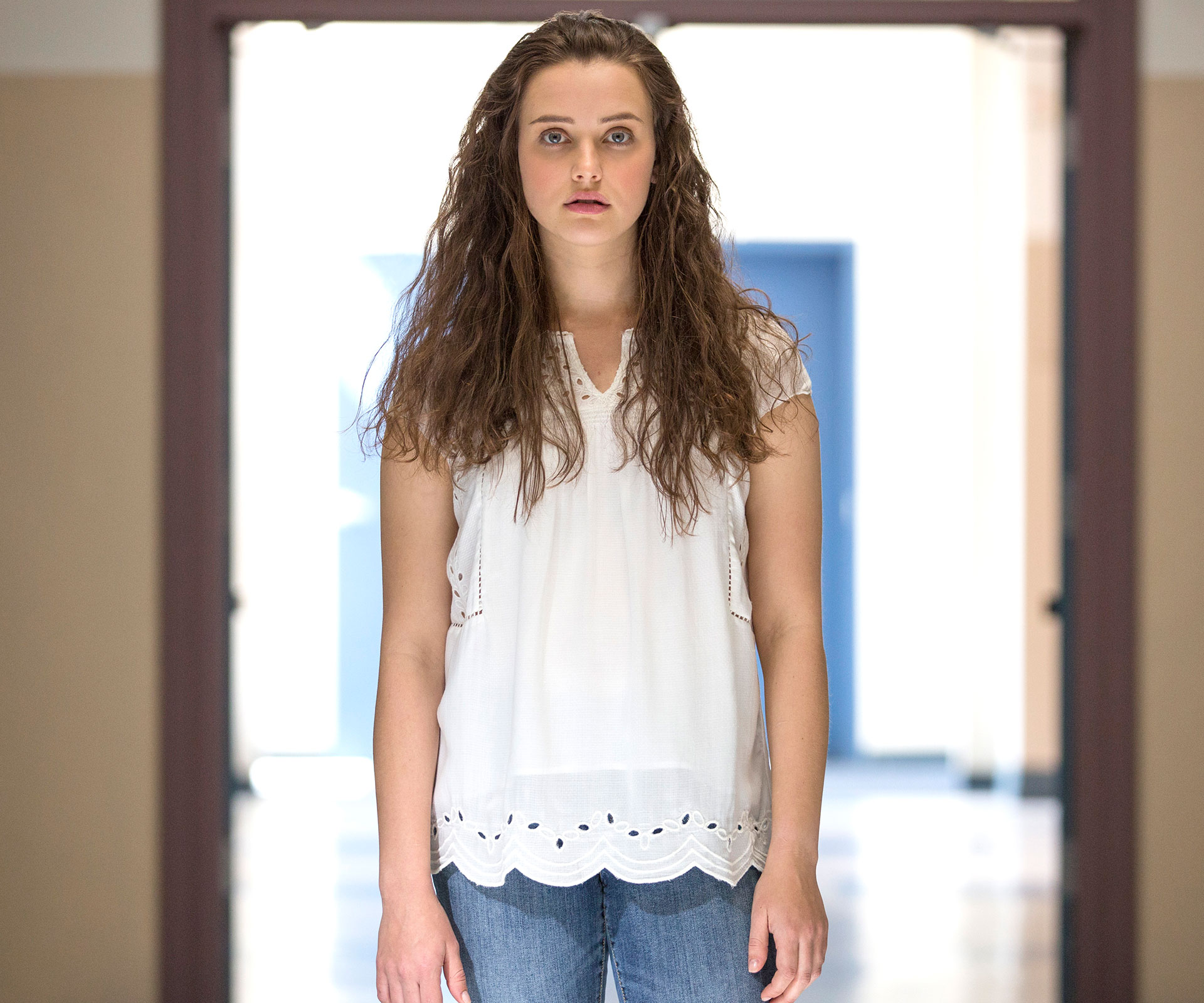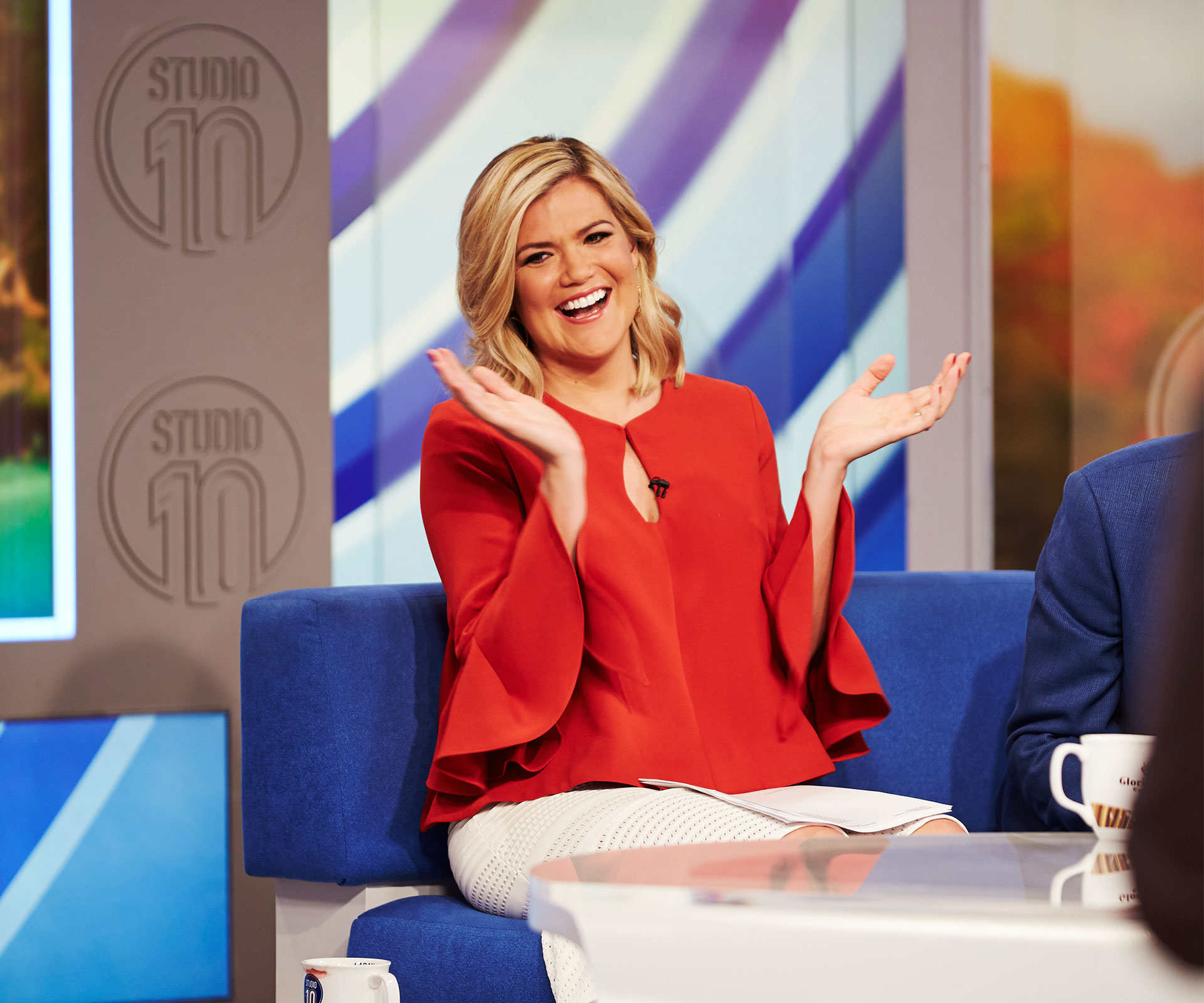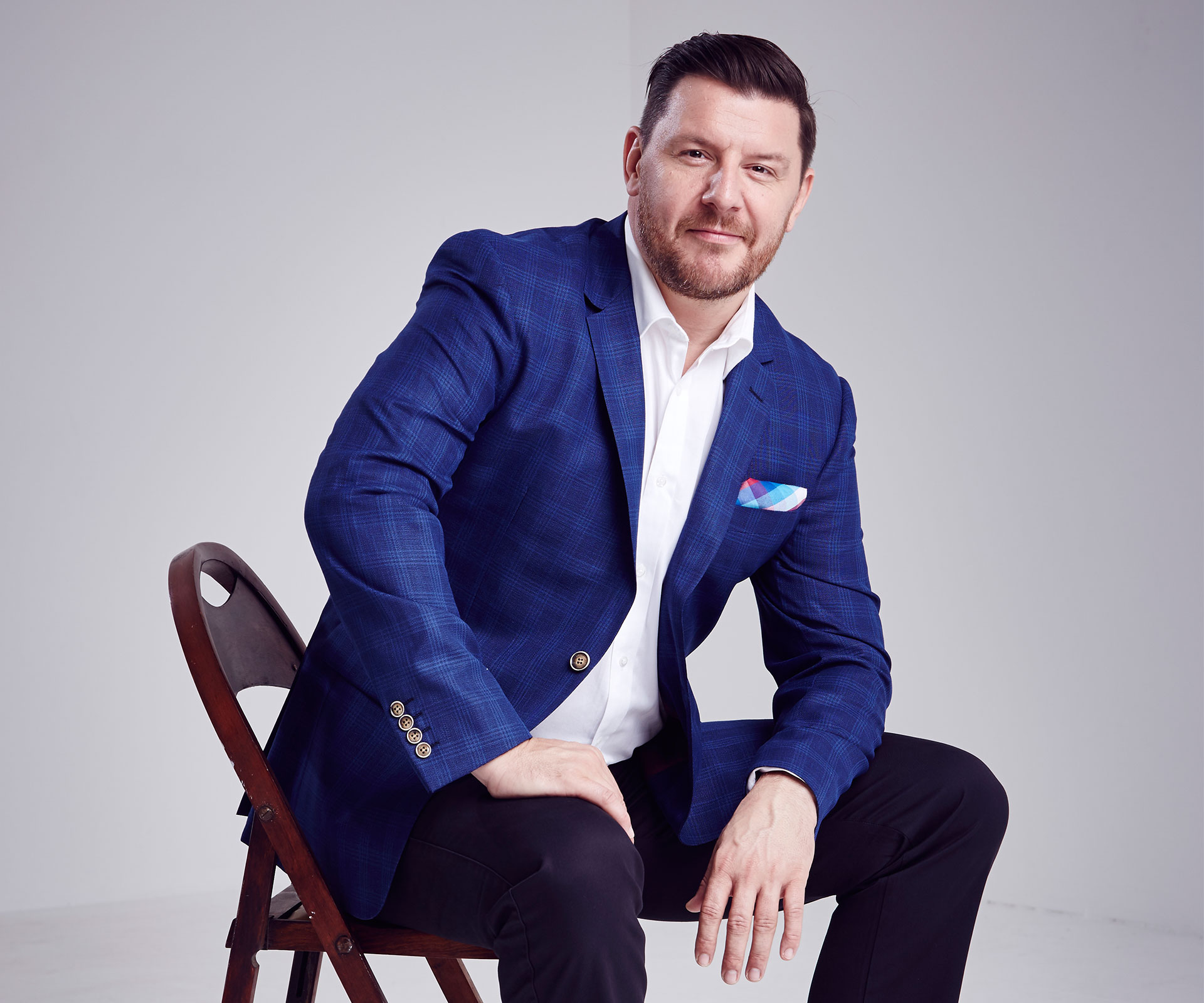It’s the show everyone’s fired up about. People love it. Or hate it. Or they’re uncomfortable and wish it had never been made.
Others want it taught in schools, while some want it banned. Some viewers have been triggered by the content, while others are just confused about how to process what they’re feeling.
If you’re behind on your Netflix binge-watching, 13 Reasons Why is a new series that explores the earth-shattering fallout when a high school student takes her life and leaves behind a set of secret cassette tapes that reveal why she did it.

Clay Jensen, played by actor Dylan Minnette, finds Hannah’s cassette tape.
Unsurprisingly, it’s often distressing to watch. Show creators Brian Yorkey and YA author Jay Asher, who wrote the bestselling novel that inspired the series, wanted a devastating portrayal of the ripple effect of suicide so you won’t find any happy endings here – and how could you?
Seventeen-year-old Hannah’s death is a tragedy from every angle from episode one, and it only gets heavier from there. In fact, the series features a number of grim and shocking moments, including multiple graphic sexual assault scenes.
But this controversy isn’t about whether teens can handle tough topics. They can. Suicide, grief, bullying, sexual assault – it’s nothing that hasn’t been covered in young adult fiction before. YA fiction is a powerful and critical medium to explore and start conversations with teens about these sorts of complex issues.

It’s the way the suicide has been explored, and depicted, in the TV adaptation of 13 Reasons Why that’s causing controversy. Yes, it’s fiction, but when you write for teens, you have a responsibility to tell a compelling story AND to do no harm.
The issue in question? 13 Reasons Why’s graphic depiction of suicide. The creators chose to show it on screen, frame by frame, step by step. The scene is realistic, gratuitous, downright sickening… and unbearably instructive. We see it all. How she does it. The blood. The pain. Her mother’s anguish when she finds her. Her father’s distress. The messiness and horror of it all.
It was that dangerously instructive scene that stung me the most. In the YA novel, Asher doesn’t explicitly depict Hannah’s suicide – and I wish the TV series had made the same decision. Her death was tragic enough.

Alex, played by Miles Heizer, and Clay.
My stomach churned as I struggled to watch through my fingers, knowing plenty of teens would also be seeing this in the coming weeks, often absorbing it all without emotional support or guidance.
In related Netflix special Beyond The Reasons, Yorkey says they wanted it to be difficult to watch – they didn’t want anything glamorous about it.
“We worked very hard not to be gratuitous, but we did want it to be painful to watch because we wanted it to be very clear that there is nothing, in any way, worthwhile about suicide,” he told EW.
It’s a fair point. But many viewers have still found the portrayal to be glamorising the act of suicide, which is the very opposite of the creators’ intention. That, in itself, is a dangerous slippery slope.

Ajiona Alexus as Sheri and Katherine Langford as Hannah.
In Australia, the media follows strict guidelines when it comes to the depiction of suicide for a reason. We avoid describing the method and location, and avoid sensationalising, glamorising or trivialising the topic. Not only that, we have to include 24-hour crisis support services information along with any reports of suicide.
But 13 Reasons Why didn’t follow those same guidelines. Sure, the episodes begin with a warning for viewers, but it’s fleeting. Blink – or run to the kitchen to stock up on more snacks – and you’ll miss it.
I barely remember taking in the warnings in my squared-eyed stupor. And there certainly wasn’t crisis support information for our local Australian audience, which is a massive oversight, considering it’s pitched at teens.

Clay and Tony, played by Christian Navarro.
I’m far from the only person stung by the graphic how-to scenes. Youth mental health organisation headspace has reportedly been receiving a steady stream of 13 Reasons Why specific calls and emails from parents and young people since the show aired.
Just yesterday, headspace issued a warning saying the program exposes viewers to “risky suicide content”, adding: “National and international research clearly indicates the very real impact and risk to harmful suicide exposure leading to increased risk and possible suicide contagion.” Scary.

Like many others, I felt low for days after watching the series – and that’s coming from a thirty-something viewer, not a vulnerable teen relating to Hannah’s day-to-day struggles who may not have a support system to lean on.
The cast reportedly had therapy dogs on set to help them deal with the confronting material, day in, day out. I can’t blame them. I wouldn’t have minded a hug with a puppy (or nine) after sitting through the devastating finale.

Ross Butler as Zach, Justin Prentice as Bryce, and Brandon Flynn as Justin.
The reaction to the series is mixed, but one thing’s for sure: everyone is talking about it. So, hopefully 13 Reasons Why can still achieve what it set out to do despite the controversy: serve as a springboard to start conversations about suicide, bullying, assault, self-worth etc.
Like many Australians, I’ve witnessed the devastation that a teen taking their own life can have on a family, a school, a community. It’s an experience you wouldn’t wish on your worst enemy – and that’s what 13 Reasons Why is trying to say. Band together. Small acts can have big consequences.
And, most of all, be kind because you never know what’s going on with someone behind the scenes. Fingers crossed that crucial message cuts through and isn’t lost along the way. It’s an important one.

Hannah and Courtney, played by Michele Selene Ang.
If you’re struggling and need someone to talk to, contact Lifeline (lifeline.org.au) on 1311 14 or visit Headspace at (headspace.org.au). Visit Beyond Blue at (beyondblue.org.au) or call 1300 22 4636. You can also contact the Kids Help Line on 1800 55 1800.


